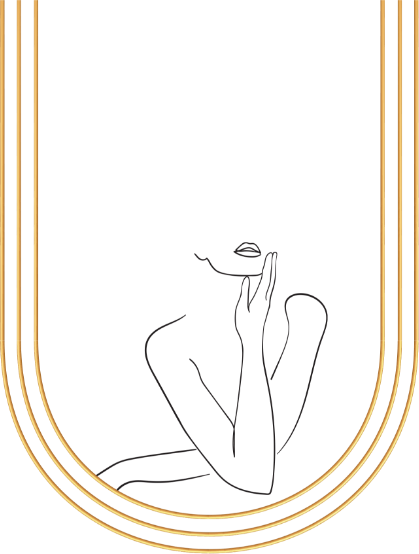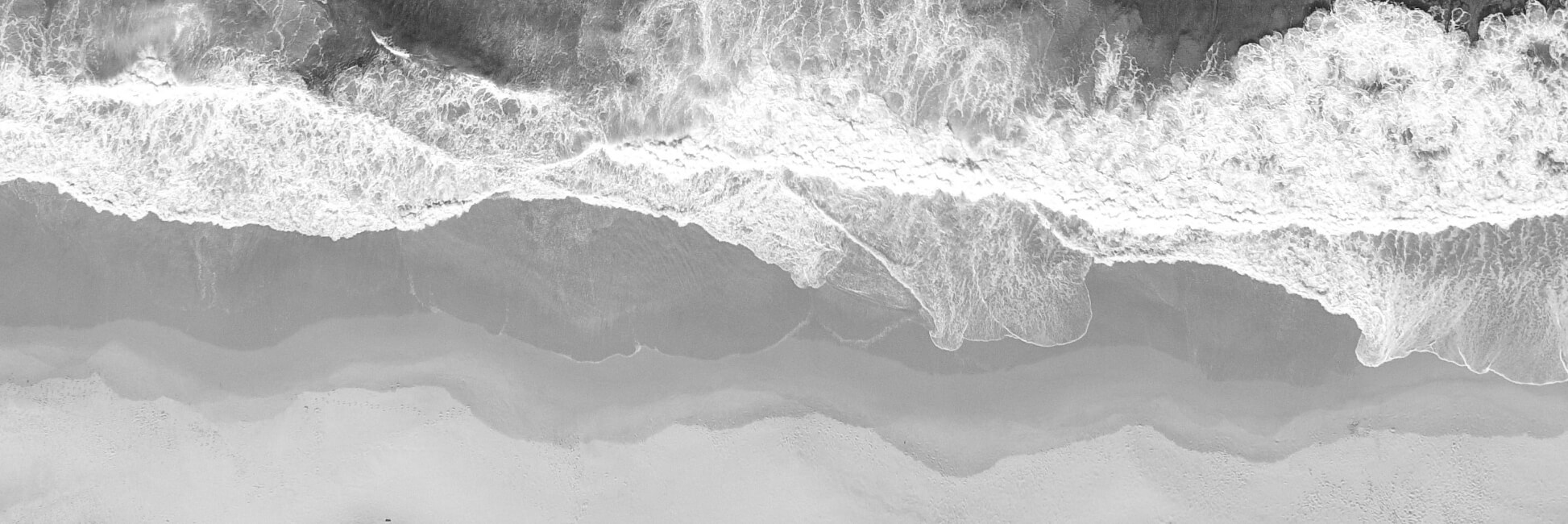Rhinoplasty recovery requires patience and careful attention to detail. Most patients anticipate visible results within weeks of their procedure, yet the complete healing process extends well beyond this initial period. Medical evidence shows that whilst surface swelling diminishes during the first few weeks, the nose continues its subtle refinement for up to 12 months post-surgery.
The success of rhinoplasty surgery depends heavily on understanding and following proper recovery protocols. Each patient’s healing journey presents unique characteristics, shaped by individual factors such as:
- Natural healing capacity
- Skin thickness and type
- Scope of surgical modifications
- Age and overall health status
Proper post-operative care proves essential throughout each recovery phase. From the critical first days of managing swelling through to the final settling of nasal tissues, dedicated attention to recovery guidelines supports optimal surgical outcomes.
This medical guide outlines the essential stages of rhinoplasty recovery, detailing crucial milestones from the first postoperative week through to complete healing. Our focus centres on practical recovery strategies and evidence-based healing protocols to support the surgical success.
Understanding The Rhinoplasty Recovery Journey
Rhinoplasty recovery demands careful monitoring and patience, extending through a 12-month period for complete tissue healing and refinement. Medical expertise guides patients through this detailed healing process.
Setting Realistic Recovery Expectations
The healing trajectory following rhinoplasty surgery progresses through distinct clinical phases. Whilst notable changes emerge within the initial month, subtle tissue refinements continue throughout subsequent months. Clinical data indicates approximately 15% of cases benefit from secondary refinement procedures. These statistics underscore the importance of maintaining measured expectations during recovery.
Physical vs Emotional Recovery Timeline
Physical healing follows established medical patterns, allowing most patients to resume professional duties within 1-2 weeks post-surgery. The psychological healing journey, however, requires equal clinical consideration. Facial aesthetic changes, particularly prominent during peak swelling periods, often trigger varying emotional responses requiring professional support and understanding.
Factors Affecting The Healing Process
Clinical outcomes depend significantly on several key variables:
- Patient Health Profile: Medical conditions such as diabetes influence healing trajectories
- Surgical Parameters: Complex structural modifications necessitate extended recovery periods
- Patient Lifestyle: Tobacco use significantly compromises healing mechanisms
- Post-surgical Protocol: Strict adherence to medical guidelines ensures optimal outcomes
Medical evidence demonstrates marked variations in individual healing responses, influenced by anatomical factors such as skin thickness and physiological healing capacity. Research indicates 70% of revision rhinoplasty patients experience respiratory adaptations during the initial three-month period, highlighting the necessity for vigilant post-operative care and scheduled surgical reviews.
Temporary numbness affecting the nasal tip and columella typically resolves within the 12-month recovery period. This sensory modification represents a normal physiological response during the healing process.
Week-By-Week Recovery Milestones
Successful rhinoplasty recovery demands meticulous post-operative care protocols and systematic healing assessment. Medical expertise guides patients through distinct recovery phases, each marked by specific healing indicators.
First 7 Days Post-Surgery
The initial week presents the most pronounced physiological responses. Clinical observations indicate most patients experience discomfort akin to a mild cephalgia. The first 48 hours prove critical for oedema and ecchymosis management. Essential medical protocols include:
- Strict head elevation during rest periods
- Temperature-controlled bathing routines
- Precise medication administration
- Absolute nasal pressure restriction
Clinical improvements in bruising and tissue swelling typically manifest by day three. Surgical splint maintenance continues for 5-7 days post-procedure.
Weeks 2-4 Progress Markers
The secondary healing phase demonstrates marked comfort enhancement. Professional activities typically resume during this period. Respiratory function improves steadily as internal tissue inflammation subsides. Week three permits gentle physical activity, though nasal protection remains paramount.
Month 1-12 Healing Stages
Long-term tissue refinement progresses methodically. Clinical data shows 50% reduction in oedema by month two. Physical exercise protocols expand to include cardiovascular and resistance training by month three. Definitive results emerge progressively, with complete tissue maturation typically achieved at 12 months post-surgery.
The nasal tip commonly exhibits prolonged oedema, particularly in patients with thicker skin anatomy. Scheduled surgical reviews ensure optimal healing progression throughout the recovery course.
Lifestyle Adaptations During Recovery
Post-operative rhinoplasty care demands specific modifications to daily routines. Medical evidence supports structured lifestyle changes to optimise surgical outcomes and tissue healing.
Sleep and Rest Modifications
Clinical research demonstrates proper sleep positioning significantly reduces post-operative oedema. Surgical protocols recommend elevated head positioning using specialised pillows or medical wedge supports. This measured elevation optimises fluid drainage and tissue healing. Medical guidelines specify:
- Head elevation maintained at 30-45 degrees throughout sleep periods
- Single occupancy sleeping arrangements during initial recovery week
- Strategic cushion placement ensuring lateral movement restriction
Work and Social Life Adjustments
Clinical data supports resumption of professional duties within 10-14 days post-procedure. Individual healing patterns may necessitate protocol modifications. Dietary guidelines recommend soft food consumption during the initial fortnight to prevent masticatory complications.
Exercise and Activity Guidelines
Physical rehabilitation follows precise medical protocols protecting surgical outcomes. Gentle ambulation receives surgical clearance one week post-procedure. Exercise progression adheres to established medical guidelines:
- Initial Fortnight: Limited household ambulation
- Weeks 2-4: Non-strenuous physical activity
- Months 1-3: Progressive activity restoration
Medical protocols mandate three-month restriction from impact-risk activities. High-intensity exercise and contact sports warrant specialised protective equipment upon resumption, as per surgical recommendations.
Managing Recovery Challenges
Post-operative rhinoplasty care requires precise medical oversight of physiological symptoms and psychological well-being. Clinical expertise guides patients through common recovery complexities.
Managing Discomfort and Oedema
Post-surgical oedema reaches maximum manifestation within 2-3 days following the procedure. Medical protocols recommend specific therapeutic interventions:
- Sustained head elevation throughout rest periods
- Controlled cold therapy application at 20-minute intervals during initial 48 hours
- Strict adherence to prescribed pharmaceutical regimens
Clinical observations indicate ecchymosis resolution within fortnight, whilst residual oedema may persist through several months. Surgical protocols restrict anticoagulant medications barring specific surgical direction.
Psychological Adaptation Process
Medical evidence emphasises equal consideration of psychological healing alongside physical recovery. Clinical studies document varied emotional responses, ranging from positive anticipation to temporary aesthetic concerns. The recovery journey encompasses both physiological and psychological elements, with documented emotional fluctuations throughout the healing course.
Recognised psychological considerations:
- Transient uncertainty periods
- Result-related apprehensions
- Facial aesthetic adaptation
Medical Review Indicators
Surgical assessment becomes necessary upon presentation of:
- Haemorrhage exceeding expected postoperative parameters
- Pyrexia above 38°C suggesting possible infection
- Respiratory compromise
- Intractable pain unresponsive to prescribed analgesics
Systematic surgical reviews ensure optimal recovery progression. Standard medical protocols establish assessment intervals at one week, fortnight, six weeks, and three months post-procedure.
Conclusion
Successful rhinoplasty outcomes depend upon meticulous adherence to post-operative medical protocols. Clinical evidence demonstrates superior results in patients who understand their recovery timeline and follow precise surgical guidelines. The initial postoperative weeks require structured lifestyle modifications, establishing foundations for optimal surgical success.
Medical data confirms individualised healing trajectories, with physiological recovery preceding psychological adaptation. Whilst most patients resume daily activities within prescribed timeframes, tissue refinement continues through established healing phases. Scheduled surgical reviews, appropriate convalescence, and measured outcome expectations support both anatomical and psychological aspects of rhinoplasty recovery.
The surgical team’s expertise guides patients through each healing milestone. Definitive aesthetic results emerge progressively as post-operative oedema resolves and nasal tissues achieve final positioning. Dedicated post-operative care protocols, combined with patient commitment, ensure optimal surgical outcomes whilst preserving overall patient well-being.
FAQs
What are the most challenging days following a rhinoplasty procedure?
The first 72 hours after surgery are typically the most challenging. During this time, patients experience the most swelling, tenderness, and bruising. It’s crucial to rest and allow the body to heal during this period.
How long should I plan to take off work after a nose job?
Most patients can return to work or school within 1-2 weeks after rhinoplasty. However, the exact timeline may vary depending on the individuals healing process and the nature of the work. It’s best to consult with the patient’s surgeon for personalised advice.
When can I resume normal activities after rhinoplasty?
Patients can gradually resume light activities within 2-4 weeks post-surgery. However, strenuous exercises and contact sports should be avoided for at least 3 months. Always follow the surgeon’s specific guidelines for activity resumption.
How long does it take to see the final results of rhinoplasty?
While patients will notice improvements within the first few months, the final results of rhinoplasty can take up to 12 months to fully manifest. The nose continues to refine its shape as swelling subsides over time.
What precautions should I take during the first week of recovery?
During the first week, it is recommended to keep the head elevated while sleeping, avoid hot showers and heat exposure, adhere to the prescribed medication schedule, and refrain from blowing the nose. These precautions help manage swelling and promote proper healing.






